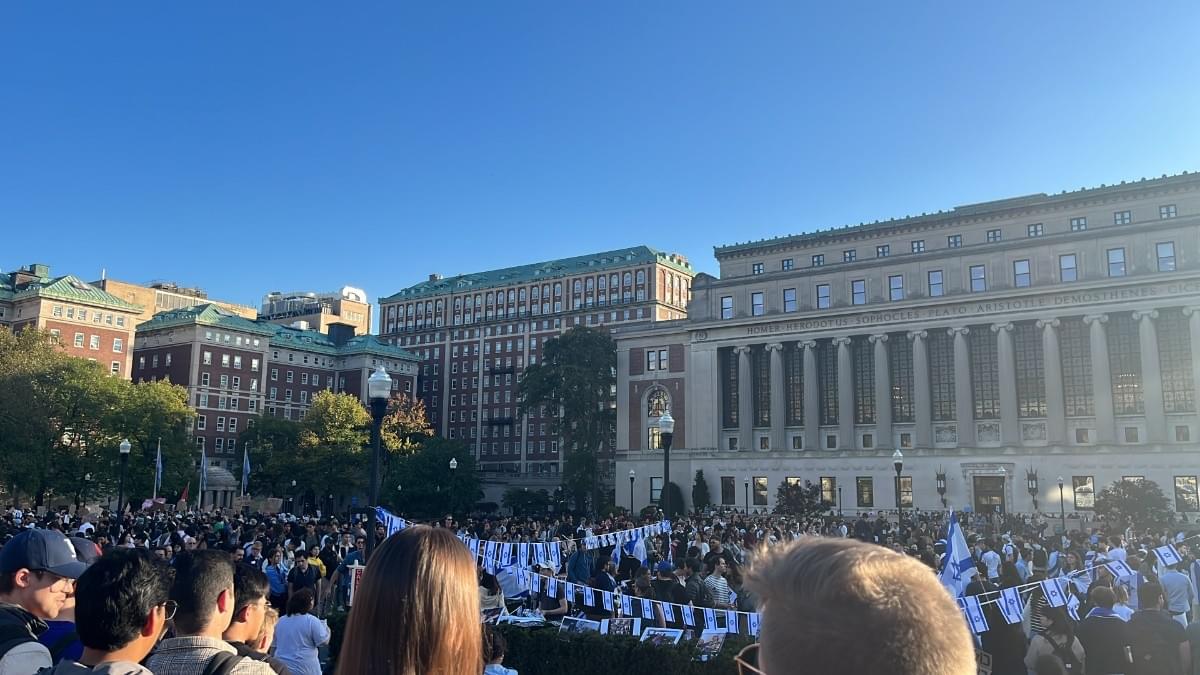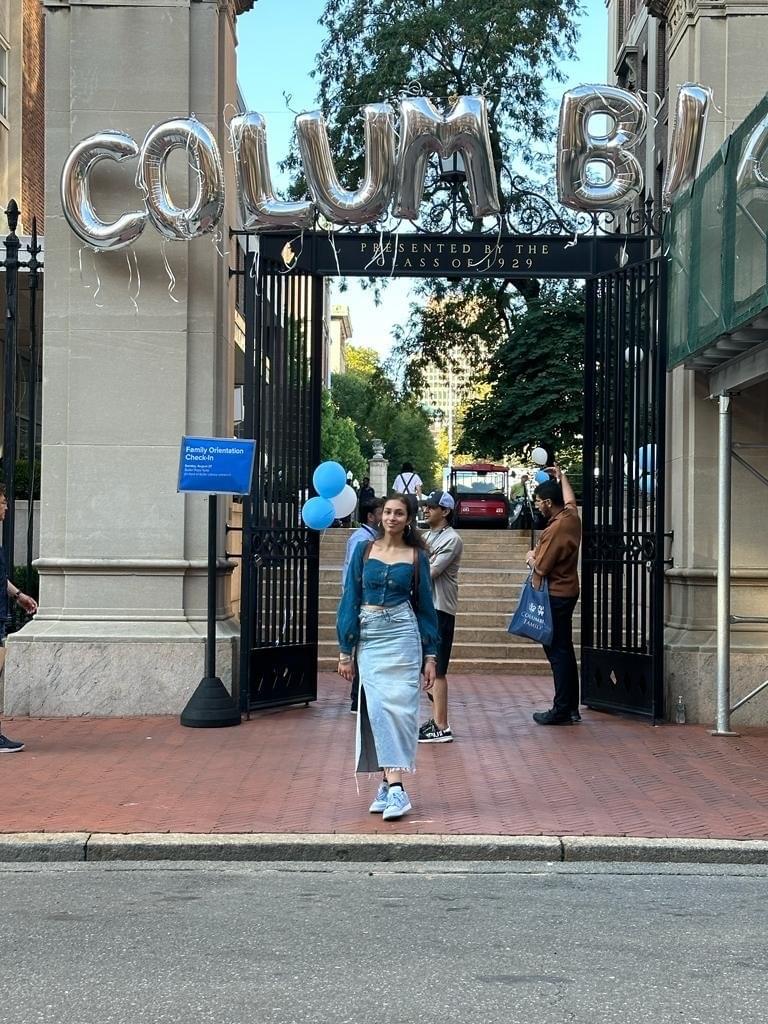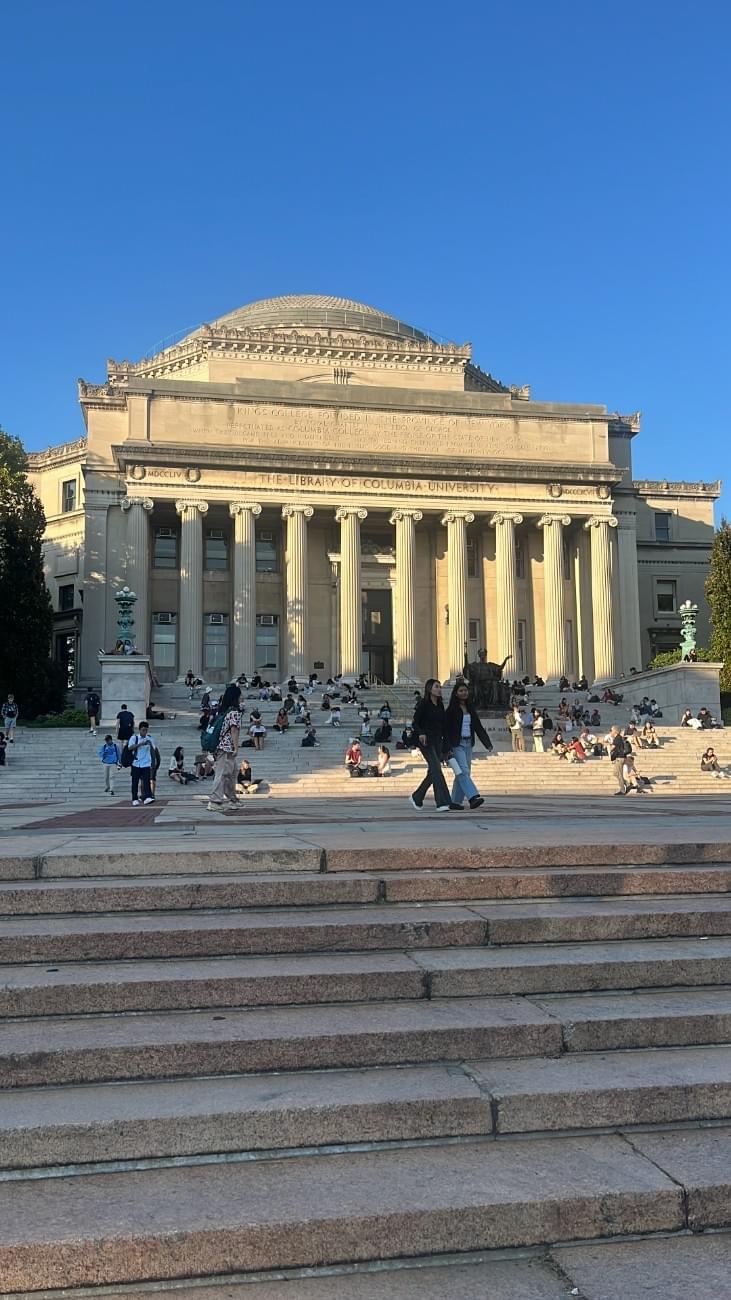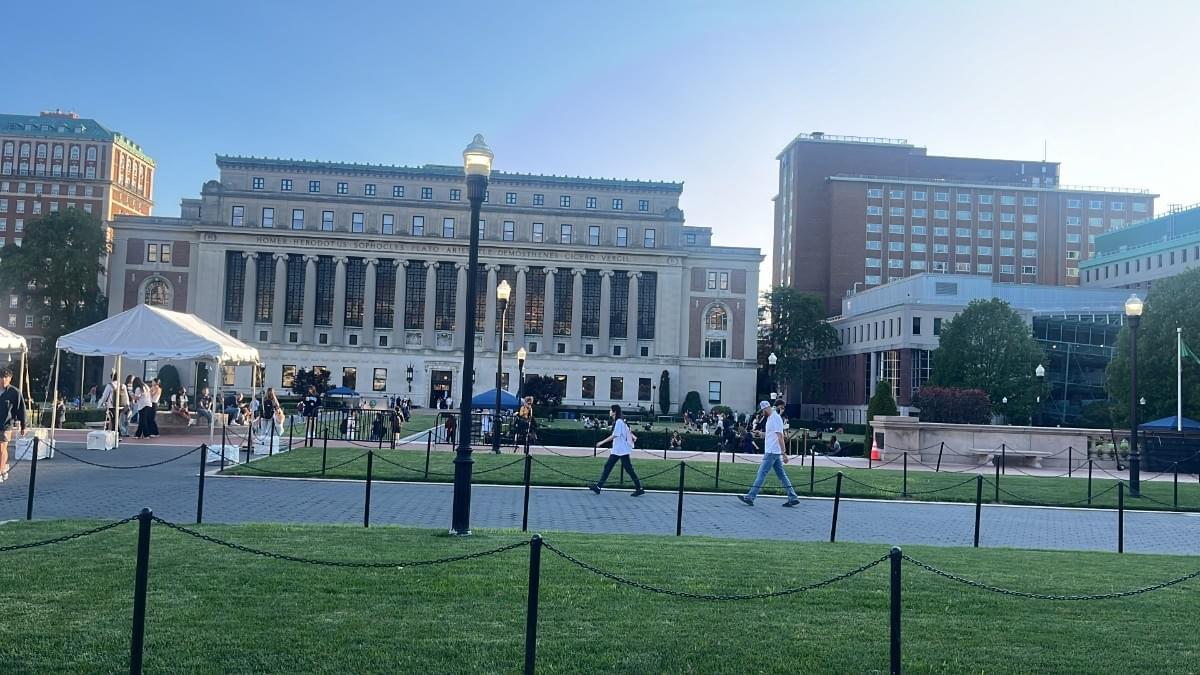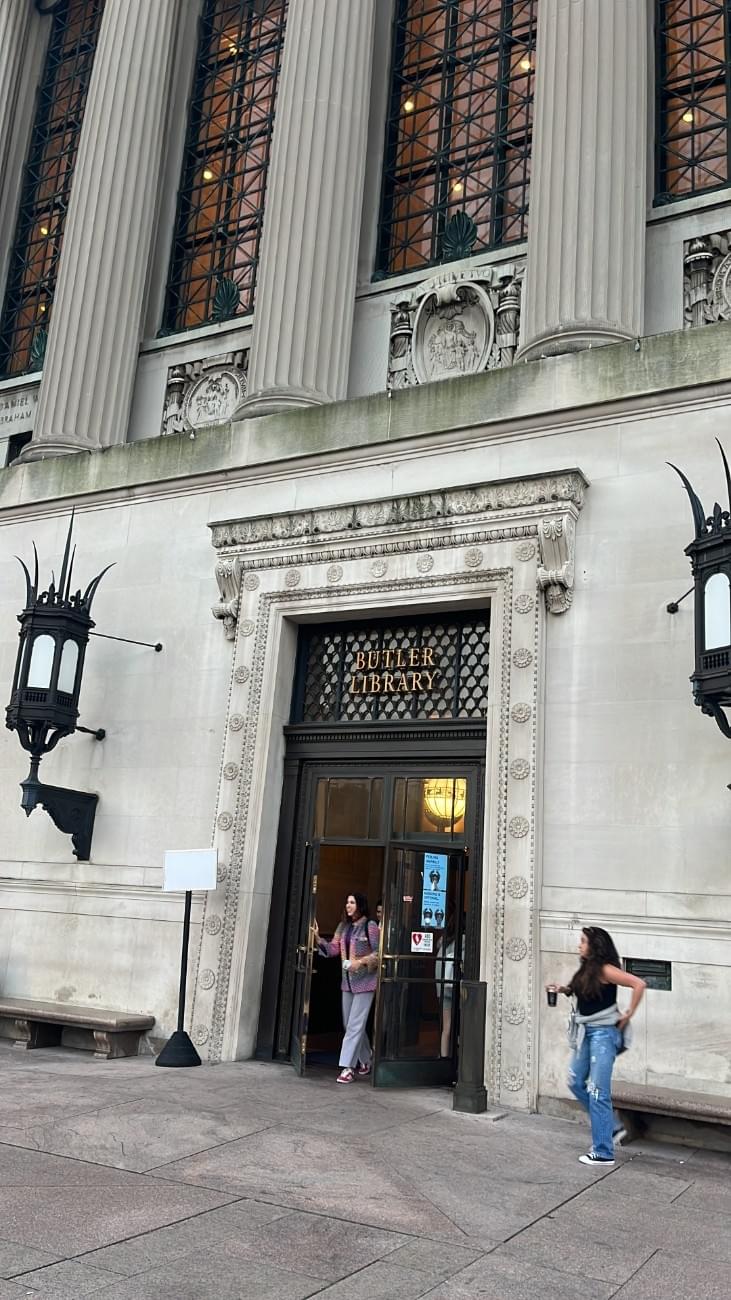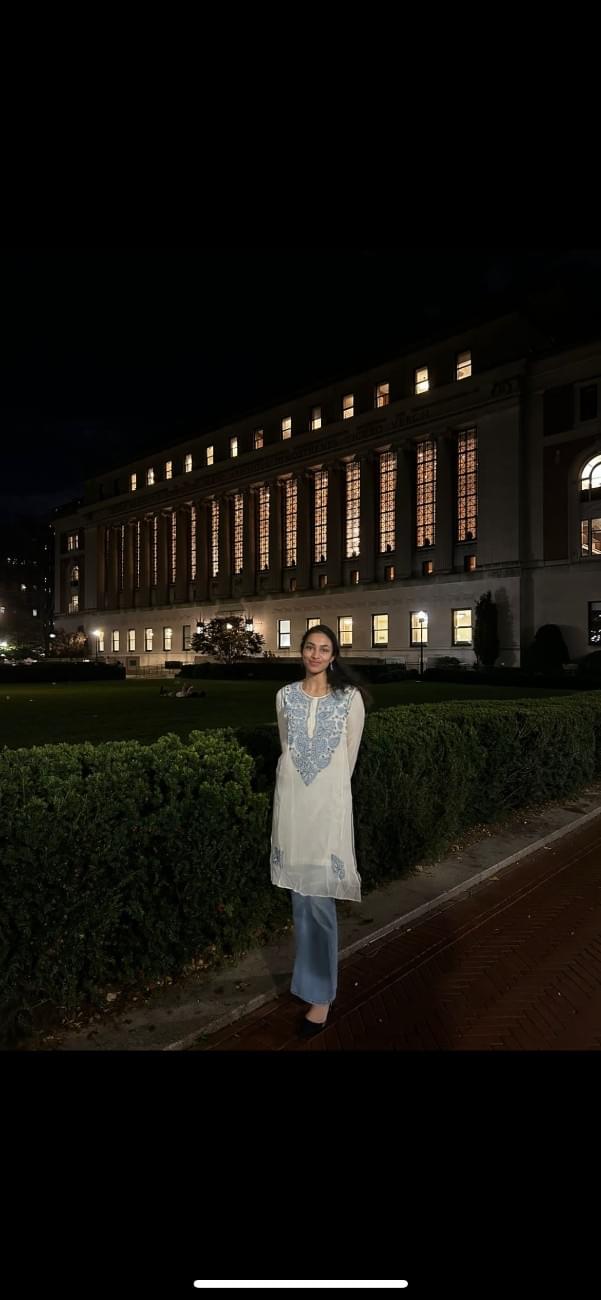What Students Say
Likes
- The professors were outstanding — highly knowledgeable, approachable, and deeply invested in their students’ growth, offering excellent research opportunities.
- The courses were very well structured, featuring in-depth projects that directly connected to real-world applications and professional life.
- Campus life was vibrant, with a variety of activities and seasonal events that made it easy to meet new people and build connections. We also had numerous employer info sessions that helped us stay updated on industry trends and opportunities.
Dislikes
- During my time on campus, there was a lot of unrest related to the Israel - Palenstine conflict with a lot of student protests and backlask from the College body, This led to a lot of patrolling bu police on campus as well as a lot of changes in the college body representatives. This was very overwhelming to me as it became diffciult to be on campus due to this and people would protest in libraries and then they would close them down and have additonal checks on campus. This led to a noticeble difference in my time there.
- The length of the program was 1.5 years, I felt that it could have been longer, I felt lost the first 6-8 months and by the time I started grooving and understadning thigns beetter my time at Columbia came to an end.
- The campus placement cell has not been particularly supportive. While the University organizes many networking sessions, the placement officers themselves have not provided the level of guidance or help I had hoped for.
Course Curriculum
- You could choose an easy course but most courses worth taking are pretty intense and difficult but worth the payoff, honestly, in terms of what you learn and the effort you put in.
- Most courses were a mix of theory and practice but a lot of emphasis is laid on practical application, with most courses requiring adn End term project submission.
- I loved all the courses that I took; I took a mix from Engineering school anf Business school. All my courses have left me with things that I would never part with. They were all pretty intensive in their curriculum, and I would find it difficult to manage my submissions at times, as sometimes their submission dates would overlap.
- Your schedule would be about 12 -15 hours of classes per week, but the length and timings of the classes would depend on the professors and the scheduling by the university.
- Some classes would be about 20 students and some about 50 , it depends on the professor's preference of the class size.
- The timings varied through the day; my earliest class was at 8am and my latest class ended at 9pm—it depends.
- There were 7 Indians in my course.
Admission Experience
-
I applied to 7 colleges—Stanford, Columbia University, Dartmouth, Cornell University, Purdue, University of Southern California, Georgia Tech
- I got admitted into Columbia University, Cornell University, Purdue, and the University of Southern California
- I got rejected from Stanford and Georgia Tech
- Waitlisted - Dartmouth
- I think I got rejected from these universities because maybe I did not meet their program requirements in terms of experience or undergraduate program. I did my undergraduate studies in Computer Science Engineering and wanted to shift to Industrial Engineering.
- Another reason is that the other people who applied showed better alignment with those universities in terms of what they offered and their future goals.
- I chose this college, as it has an incredible reputation across the globe.
- It was located in New York City hence allowing me to stay in this incredible city
- It would give me access and the opportunity to be around people and professors so much better than myself, thereby pushing me to learn and grow more
- I had to submit my GRE scores, My TOEFL score, 3 recommendation letters, one Statement of Purpose, One Diversity Essay. They do Not have a specific score that they mention; however, a 320 GRE score and a 100 TOEFL score should Suffice.
- They do accept IELTS also, apart from your TOEFL. In addition, they asked for my undergraduate transcripts.
- My admission process was very straightforward and smooth; I did not face any challenges or anything other than the standard process.
- I applied to the program in February 2023 and got accepted in April 2023. It was my dream college and I accepted it immediately. I had already had my Purdue and USC admits, and I had registered for Purdue but I cancelled my admit there and accepted the Columbia admit immediately as it came. I was still waiting on other admits but this was my dream college and I did not think I would get it and thus it was not a second thought before I accepted.
Faculty
- The faculty-to-student ratio depended on the professor and varied between 1:20 and 1:50 not more than that.
- It was a good mix of theory with a lot of practical examples and project work. Very relevant to skills applied in daily jobs. Some also targeted procedural work in research.
- I like Prof. Yaren Kaya, Prof. Zoran Kostic and Prof. Medini SIngh these People really loved the subject, taught me in ways I would never forget and made everything magical.
- Professors help a lot; we just need to ask.
Campus Life
- 2 campuses - Main Manhattanville campus and the Business school campus.
- Both campus are equipped with all basic study spaces, classrooms and other amenities
- The main campus has larger gyms and play areas with bigger libraries.
- THe campus has events for all major festivals. On december 6th we have the tree-lighting, which is something that I am fond of.
Part Time Jobs
- Around 90% of students get on-campus jobs, which are good opportunities to earn and gain experience while studying. Placements after graduation depend on how you strategize your applications, network effectively, and leverage university resources. Students can work up to 20 hours per week. It is easy to find on-campus jobs if you keep an eye out for openings and reach out to faculty advisors and email various professors and seniors and also ask your own friends for advice and opportunities.
- Students ideally work under professors as TAs or RAs and get paid for it. A lot of students also take up positions in the GYm facitlity and also in libraries as their part-time positions. The usual process is to email professors and also look around campuses for flyers and also talk to the program advisor for new opportunities. A google form may also be sent out and you can fill it out as part of the application process
Placement
- About 60 percent secure jobs within 6 months of graduation. The range is about 100-150k per year. Students apply through job portals, go for networking sessions, in-mail on linkedin and reach out to other people and alumni for recommendations and referrals.
- Goldman Sachs, BNP Paribas, Meta, Amazon, Walmart, and FedEx are some big names where people have secured jobs.
Accommodation
- I lived off-campus. I found my roommates through college whatsapp groups and eventually found my place through online housing portals on Zillow. My rent was about 1500 a month and I stayed about 10 minutes walking distance from campus. I did not have much difficulty finding it. Columbia does offer their own housing but that is through a lottery system and there is no guarantee about their timelines and surety of securing a place. I would recommend everyone finalize their housing before travelling, or else things do get difficult
Exams
- GRE, TOEFL or IELTS
- You will require all your Letters of recommendation, Transcripts from college and the Documents for the F-1 Student visa. In addition, you have to submit your financial documents as to how you would fund your education and living expenses. I also submitted one SOP and one Diversity essay.
- I had to do a prerecorded interview with three question prompts as part of the whole process.
Fees
- Tuition and Fees Structure
- The tuition was approximately $30,000 per semester, with the program spanning around three semesters. In addition to tuition, there were other costs such as visa requirements, university fees, and living expenses. The University charges tuition on a per-credit basis, and the overall fees are billed semester-wise depending on the number of credits taken.
- Tuition: $30,000 per semester × 3 semesters = ~$90,000 total
- Housing (off-campus apartment): = $1,500 per month
- Living expenses (food, utilities, personal expenses): ~$500 per month
- On average, monthly expenses came to about $2,000:
- Groceries, utilities, and personal expenses: ~$500
Scholarship
- I did not receive any scholarship during my time. I did not apply for any scholarships or do any research during my process; I was occupied with visa requirements and moving prospects, hence I was unable to do so.
- I think that if students do start the process early and look into the application requiremnts they have to write an essay to justify their need for the scholarship however they are few and even fewer people get scholarships.


